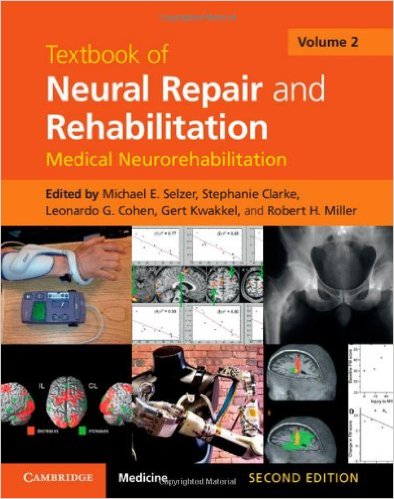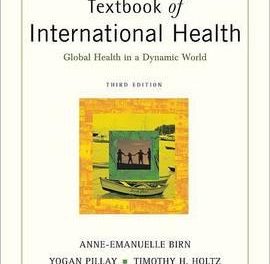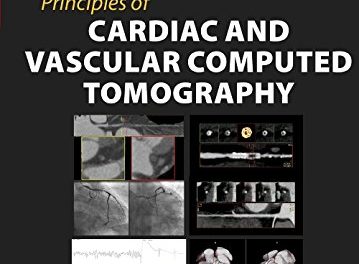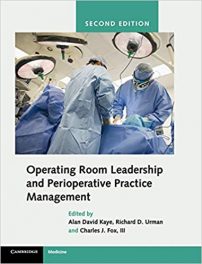Volume 1: Neural Repair and Plasticity
Volume 2: Medical Neurorehabilitation
Editors and Authors: Michael E. Selzer, Stephanie Clarke, Leonardo G. Cohen, Gert Kwakkel, and Robert H. Miller
Publisher: Cambridge University Press – 1,351 pages (643 + 708)
Book Review by: Nano Khilnani
The repair and rehabilitation of nerves is a relatively recent, exciting, and very promising and rewarding area of medical research and practice. Part of the reason for this development is that life expectancies are growing, especially in the developed world, and medical science and discoveries have advanced rapidly in recent years, the editors write in their Preface to this book.
One hundred eight-nine specialists from 15 countries around the world – Argentina, Australia, Austria, Brazil, Canada, Denmark, France, Germany, Israel, Italy, the Netherlands, Spain, Switzerland, the United Kingdom, and the United States – wrote the 92 chapters of this two-volume work.
The medical and psychological specialization of these authors is quite diverse, ranging from the commonly-known traditional fields such as anatomy, neurology, occupational therapy, physical rehabilitation and sports medicine, to relatively newer areas of exploration such as: biomedical engineering, biophysics, brain repair, cell engineering, noninvasive brain stimulation, neuronal survival, regenerative biology, paralysis cures, sensory motor interaction, and stem cell research.
There being too many chapters to name here, we give you an overview of the contents of this book by listing the titles of its 14 sections here:
- Volume I: Neural Repair and Plasticity: 42 chapters
- Section 1. Neural Plasticity: Cellular and Molecular Mechanisms of Neural Plasticity
- Section 2. Functional Plasticity in the Central Nervous System
- Section 3. Plasticity After Injury to the Central Nervous System
- Section 4. Neural Repair: Basic Cellular and Molecular Processes
- Section 5. Determinants of Regeneration in the Injured Nervous System
- Section 6. Promotion of regeneration in the Injured Nervous System
- Section 7. Translational Research: Application to Human Neural Injury
- Volume II: Medical Neurorehabilitation: 50 chapters
- Section 1. Technology of Neurorehabilitation: Outcome Measurement and Diagnostic Technology
- Section 2. Therapeutic Technology
- Section 3. Organization of Rehabilitation Services
- Section 4. Symptom-Specific Neurorehabilitation: Sensory and Motor Dysfunctions
- Section 5. Vegetative and Autonomic Dysfunctions
- Section 6. Cognitive Rehabilitation
- Section 7. Disease-Specific Neurorehabilitation Systems
This book can be used as a two-volume work, or as stand-alone single volumes. You do not need to first acquire the knowledge presented in the first volume in order to understand the contents of the second volume.
Volume I – Neural Repair and Plasticity – is important as a guide for you – the medical student, resident or established practitioner – when you are helping patients recover from neural injury. Most patients regain their functions only partially, the editors and authors point out. With seven sections on anatomical and physiological plasticity in the normal and injured system of nerves, this volume helps you understand:
- Anatomic and physiologic responses of neurons to injury, learning and memory
- Axonal regeneration (and molecules that inhibit it, neuronal death, and trophic factors
- Cell transplantation
- Determinants of neural regeneration
- Interventions required in repairing damaged neural circuitry
- Plasticity in specific areas of the nervous system consequent to intense use and disuse
- Stem cell biology
- Therapeutic approaches to recover connectivity and function after neural injury
- Translational research applied to human neural injury
Volume II – Medical Neurorehabilitation – can stand alone as a clinical handbook for physicians, therapists, neurorehabilitation nurses and other professionals. With seven sections just as in Volume I, this book covers numerous subject areas, including:
- Applications of basic scientific principles to the practice of neurorehabilitation
- Autonomic, cognitive, motor, sensory, and vegetative functions
- Bioengineering and robotic applications to orthotics and prosthetics
- Cell transplantation
- Design and requirements for valid clinical trials in regenerative therapies
- Diagnostic and therapeutic technology of neurorehabilitation
- Disabling neurologic disorders such as multiple sclerosis, spinal cord injury, stroke
- Disorders of consciousness
- Expanded coverage of brain stimulation and gene therapies compared to first edition
- Functional imaging
- Gait and balance assessment, and motor control
- Rehabilitation during acute phases of injury
The chapters begin with Definitions and/or an Introduction, then discuss topics and subtopics. Charts figures, sketches, tables, and other visual features are used to make comprehension of points easier. A Conclusion is provided along with a list of References at the end of each chapter.
This two-volume work is an outstanding resource on injuries to the nervous system, the damage and disabilities that result, and presents the solutions to those problems through neural repair and rehabilitation.
Editors:
Michael E. Selzer is Director of the Shriners Hospital Pediatric Research Center, and Professor of Neurology at Temple University School of Medicine in Philadelphia, Pennsylvania.
Stephanie Clarke is Professor and Head of Neuropsychology and Neurorehabilitation at Service de Neuropsychologie et Neurorehabilitation CHUV in Lausanne, Switzerland.
Leonardo G. Cohen is Chief of the Human Cortical Physiology Section and the Stroke Rehabilitation Clinic at the National Institute of Neurologic Disorders and Stroke at the National Institutes of Health in Bethesda, Maryland.
Gert Kwakkel is Professor in Neurorehabilitation in the Department of Neurorehabilitation Medicine at VU University Medical Center in Amsterdam, the Netherlands.
Robert H. Miller is Professor in the Department of Neurosciences at Case Western University School of Medicine in Cleveland, Ohio.







